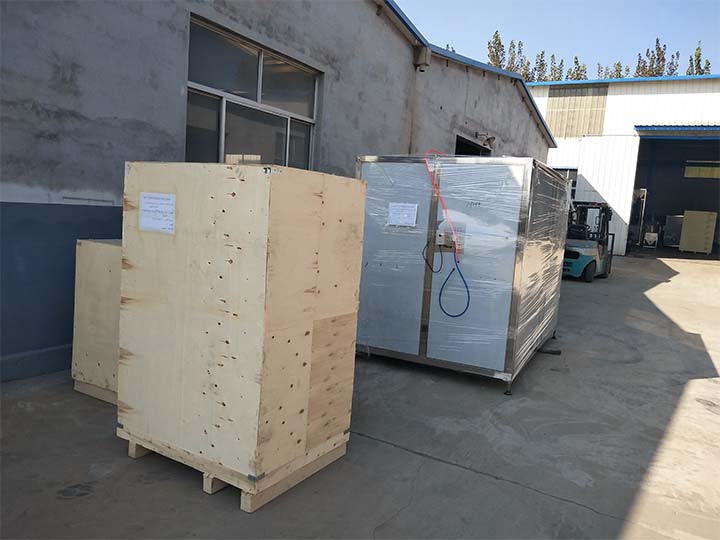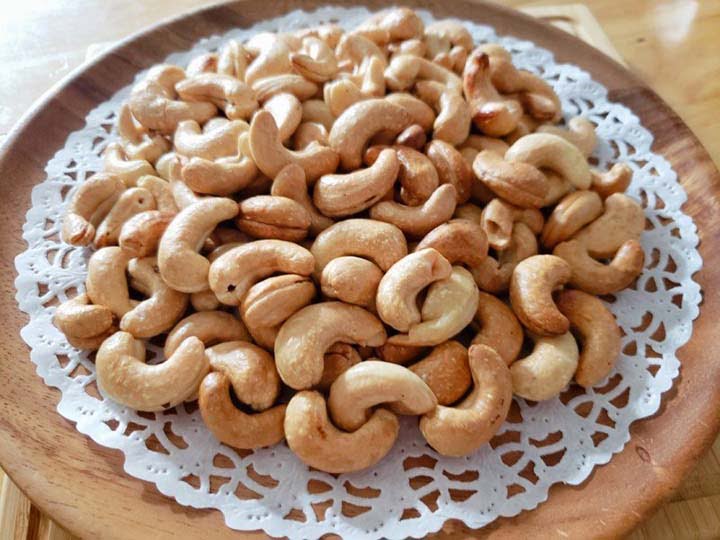Cashew Nut Processing Industry in Vietnam
The cashew nut industry in Vietnam has developed rapidly. Since 2002, Vietnam surpassed India to become the world’s largest cashew nut producer. Vietnam has quickly become the world’s largest cashew nut processor and exporter. This is one of Vietnam’s most important export agricultural products after Vietnam’s rice, bananas, and coffee. The cashew nut industry has not only increased the high-income generation for Vietnam but also provided a large number of employment opportunities.
The development trend of cashew nuts in Vietnam
Initial exploration
In the 19th century, Vietnam introduced cashew trees. They were originally planted as shade trees, which had no economic significance. It was only recognized as an economic crop in the late 1980s. The early seed value of cashew nuts is usually a spontaneous behavior, and there is no special production plan. This led to extremely low cashew nut planting and production yields in the early stages. According to statistics, before the 1990s, the highest yield of cashew nuts was only 500~700kg/hm². In 1999, only 25%~30% of Vietnam’s cashew area yielded more than 1000kg/hm². The early planting area was small and the main reasons for the low production efficiency were the lack of good seeds, irregular production, poor management, and more cashew raw materials.
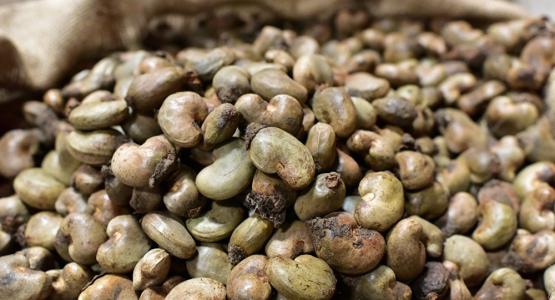
Steady development
In order to solve the problem of low cashew nut production caused by climatic drought and disease and insect disasters, Vietnam has begun to invest in hybrid breeding of high varieties, and vigorously strengthen field management and improve old cashew forests. Since then, the output of cashew nuts in Vietnam has gradually increased to more than 1000kg/hm², and can even reach 3000~4000kg/hm². Vietnam’s cashew nut production has gradually increased, and the cashew nut processing industry has gradually developed.
Industrial structure adjustment
Although Vietnam has been the world’s largest cashew nut exporter for many years, there are still many problems in the Vietnamese cashew nut industry. In recent years, the cultivation area of cashew nuts in Vietnam has continued to decrease, and 70% of the processing companies in the Vietnamese market are mostly small processing companies. Moreover, Vietnam only participates in the preliminary processing link, which only accounts for 18% of the cashew nut processing value chain. The salt-baking and distribution link, which accounts for 60%, is rarely involved. In terms of market consumption, many processing companies in Vietnam are weak, which also leads to the uneven quality of exported cashew nuts. Therefore, if the Vietnamese cashew nut industry wants to achieve sustainable development, it needs to further adjust its industrial structure to achieve a fast and good development trend of the cashew nut industry.
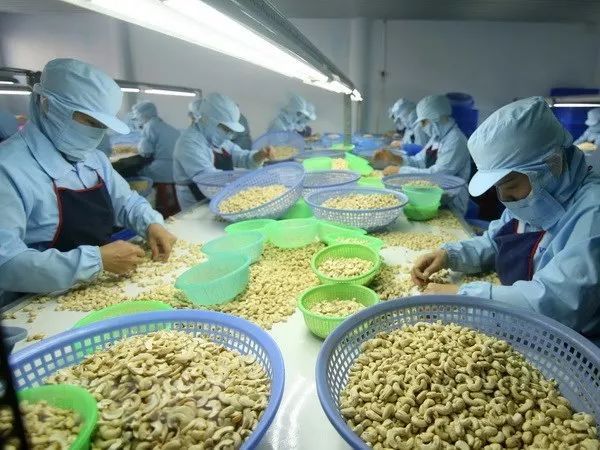
Vietnam Cashew Nut Import and Export Status
Before 1994, Vietnam mainly exported cashew raw materials. In order to increase its economic benefits, after 1995, Vietnam began to export cashew kernels. Facts have proved that the economic efficiency of cashew kernels is 1.3 to 1.4 times that of cashew raw materials. Since then, the export volume and export value of Vietnamese cashew nuts have increased significantly. The increase in exports of cashew kernels has led to an increased demand for cashew nut raw materials. While the domestic supply of cashew nut raw materials is insufficient, Vietnam has begun to import cashew nut raw materials from Cambodia, Ghana, Nigeria, and other countries. Since then, Vietnam has gradually increased the number of raw cashew nuts imported from other countries. 90% of processed cashew kernels are exported, mainly to the United States, China, Australia, Germany, Japan, Italy, and other countries.
Vietnam cashew nut processing situation
Because of the special composition, it is difficult to preserve cashew nuts during harvesting, transportation, and processing. The processing steps of cashew nuts are very complicated. It needs to go through the steps of grading, steaming, peeling, peeling, and sieving to obtain cashew kernels. The shelling of cashew nuts is also a more complicated and difficult step.
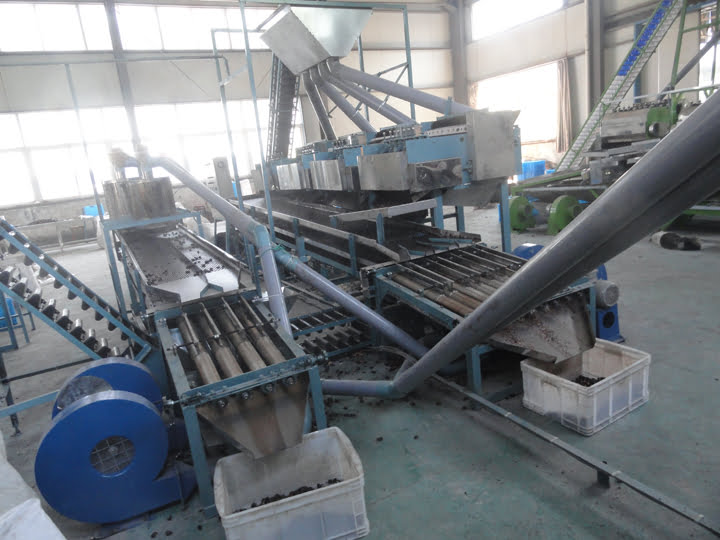
The shell of cashew nut is very hard, and the special ingredient of shell oil will irritate the eyes and make the hands hot. The pure manual shelling not only reduces the cracking efficiency but also harms the body. At present, most cashew nut processing enterprises in Vietnam usually use a combination of manual and cashew nut shelling machine to crack cashew nuts. This method solves the defects of low manual shelling efficiency and high damage rate. The use of an automatic cashew nut shelling machine is a major method for most companies to improve production efficiency in the future.
If Vietnam upgrades the industrial structure of its cashew nut processing enterprises, it will turn to a combination of small enterprises and large cashew nut processing plants. Then, large cashew nut factories are bound to use large cashew nut processing machines to operate.

